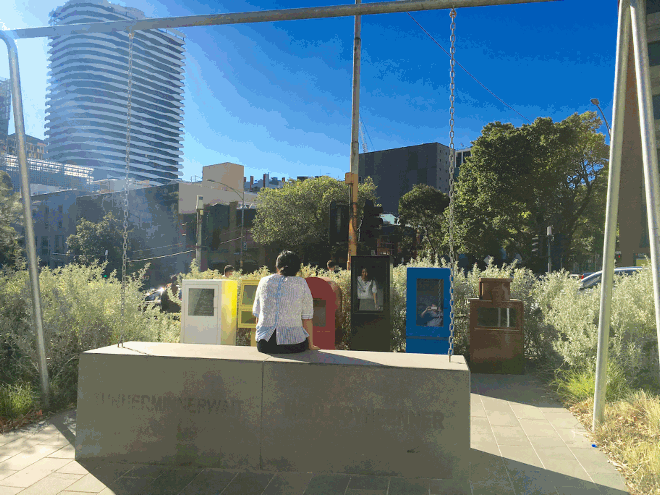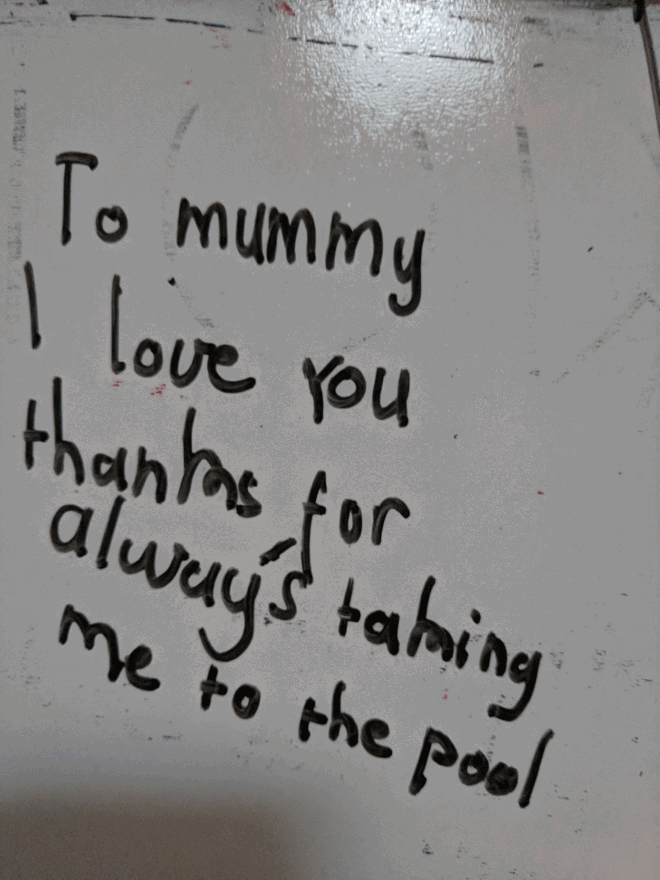ABSTRACT
The Arcades Project evokes a dreamy vision of the seduction of Paris in the 1930s as the city is transformed into a world of decadence, depravity and escape. Benjamin’s writing takes us to the Oneiropolis, a social ecosystem saturated by the déluge of a ‘dreamy tide of bad taste’ bathing citizens and tourists in the narcotic waters of spectacle. Even today, as we read Benjamin’s disjointed yet baroque reflections on this Paris, we are pushed benevolently into a labyrinth populated by familiar characters, like the flâneurs, gamblers, collectors, feuilletonists, prostitutes, fashion creatures and fellow dreamers, all of whom energise an ever-present mood of foreboding, waste and collapse with loaded tropological questions about life, modernism and modernity. ‘What was gathering there?’ ‘Where was the light coming from?’ Indeed, what would the darkness illuminate? For light and darkness themselves have entered a chiasmus only poetically to exchange properties.
I What was gathering there? MELBOURNE
The women know their time has come. They are the shamans of the sea (Bobolians). Their dreamtime is tangled in the banyan’s limbs, as they

Water oils their ritual.
In that wilderness where coast and country meet. I am a child again.
You.
My words for grace.
If consciousness is to bear weight, then the primordial story must become what Stephen Muecke calls the oceanic milk ‘transformed by alchemy and labour into other wondrous substances’ (Citation2016, 87). If places carry the baggage of enduring contestation, why must we wonder where to draw the talismanic line between when to speak and when to STFU?
She loves Melbourne most at night when the city meanders towards sleep and one can only hear the scurry of street sweepers

At the crossroads of Victoria and Franklin streets, smokers form a circle to defy the laws of city. Where they gather is a commemoration stone to two Aboriginal men hanged in 1842. The memorial resembles a children’s swing heaving under the weight of their names:

Two men now celebrated as the freedom fighters of the day. She sits here sometimes, too, though not to smoke. And yet, this detail is small in the larger schema.
PLANETS COLLIDE
GLACIERS MELT
CYCLONES FLATTEN HOMES
ISLANDS SINK
PEOPLE LOSE THEIR MEMORIES

Physiognomy. Anti-selfie Intervention by Adam Nash
In ‘In the Sun’, Old Benji says those who toil the land know the code. This land, full of borders and possibilities between the real and the imagined, the rich and the poor. Gluttons devouring more, leaving nothing for others, no room for moderation. The worship of food, the consumption, the excessive pleasures. All of it depriving, shrinking the soul, transgressing borders; the fig’s juice explosive, the tantalising aroma on our lips. And so, when he procures some in ‘Fresh Figs’, he is already a walking zombie of consumerism. Not noticing the traffic from the noise, the shadows gathering. The passage is awash with the colour of the fruit. The saleswoman has run out of paper to wrap the fruits of his purchase. He is forced to carry the figs, using limbs and lips, so ashamed is he to abandon them. What is the message contained here, in this woman who exposes the fruit?
… it was more like a bath, so powerful was the smell of resin that penetrated all my belongings, clung to my hands and impregnated the air through which I carried my burden. (Benjamin Citation1996, 359)
Benjamin’s words devour her now. She has yet to discover that at home her daughter will have scribbled the sweetest of notes, which she would come to read over and over, loving all its forgotten fullstops and stray apostrophe:

For now, despite the relative stillness of her own workspace, separated by sandstone and glass, and only a bird call away from the site of the executions, writing becomes a struggle. Her view from the fourth story window is of a giant Port Jackson, growing from the grounds of the former prison. She bears no figs, yet hungry strays scavenge beneath her canopy.
II Where was the light coming from? MIAMI
I moved to Miami when my husband died because I needed to live somewhere where the chaos in my head matched the chaos in my environment. It made sense, restructuring my existence geographically with an eye to equilibrium, and it seemed I could always justify my decision by citing homeorhesis and Gaia Theory. Walter Benjamin was not necessarily my tour guide, but I did instantly gravitate toward the one place in America where social porosity created the delirious inside/outside blur he found in Naples and which Derrida longed to find within textuality, so in essence I was listening to Walter’s voice as it percolated through my unconscious like the best cup of Kopi Luwak that perhaps I would serve to Jacques if he swung on by the cabana.
Civets cannot take selfies, yet I am obligated to snap them relentlessly, and so I instantly commemorated my cross-country move with an Art Deco Selfie. Wearing my fave new Versace tee shirt in pale yellow, I posed in front of a popular piece of neon public art on Collins Avenue, South Beach, fiddled with filters, then posted the best version to social media, letting the world know I had made it out of California and into the vortex. Of course, it took no time for a punk rock Facebook hellion named Paul Halek in Chicago to create and post an age-enhanced version of my picture, and the likes exploded. I laughed along with everybody, for it would be foolish to think that in the age of Richard Prince lawsuits I owned my image.

Will You Still Love Me, When I’m No Longer … Cell Phone Selfie, Michael Angelo Tata

… Young and Beautiful? Selfie Intervention by Paul Halek, Chicago
Normally, I was likened to Dorian Gray, as for some reason the ravages of time took longer to reach me than others, but now here I was, giant bald spot eating up my forehead, wrinkles rippling across the saggy flesh of my puffy paraffin face. If the countenance and the simulacrum are inversely proportional as regards quantities of that metaphysical quality, aura, then indeed, I had proven ‘The Work of Art in the Age of Mechanical Reproduction’ correct, and my move to the subtropics was not in vain.
Soon I would find a phasmid trying its hardest to resemble a green leaf dying from the winter chill in my hallway, and legendary psychasthenia would make perfect sense to me, as I, too, felt this new ecological backdrop mimetically absorb the widow in me, one who refused to wear black and who savoured being lost in the double lostness of death and geographical displacement. If only this were the time to talk about aposematism.

Tropical Schizophrenogenesis, Cell Phone Photograph, Michael Angelo Tata
III What would the darkness illuminate? MANHATTAN
M: The only figs I’ve eaten are Fig Newtons.
O: Yet this gooey confection is what hauls me straight back to New School where we figged out on Benjamin’s jam last summer!
M: I loved how the class next door was always complaining about how loud we were. You could tell it must have been some kind of Marxist seminar from the way that they were dressed. The professor would send over an emissary to tell us our laughter was disturbing them, which was true: we were always erupting with exuberance, but is it possible to learn without paroxysms of happiness punctuating the lesson?
O: I could easily have been intimidated. But one day a passing remark you made held me back, long after everyone else left the room. And a bond was set like a slow-spinning web to an extraordinary sense of kinship. Despite the separation of time and distance, I realised we were coming from the same place.
M: Love and art are born in such a flash. This privileged instant was the moment our current volume began. Look at us: so many smiling faces can’t be wrong.

Look at Us @ ‘Thought-Images, Body, and Mimesis in Walter Benjamin’ seminar with Professor Michael Taussig. NYC, 2017.
Disclosure statement
No potential conflict of interest was reported by the authors.
Notes on contributors
Michael Angelo Tata is an independent scholar and citizen of the world.
Olivia Guntarik writes experimental fictocriticism and teaches pop culture and media studies in Melbourne, Australia.
ORCID
Olivia Guntarik http://orcid.org/0000-0002-6423-5517
